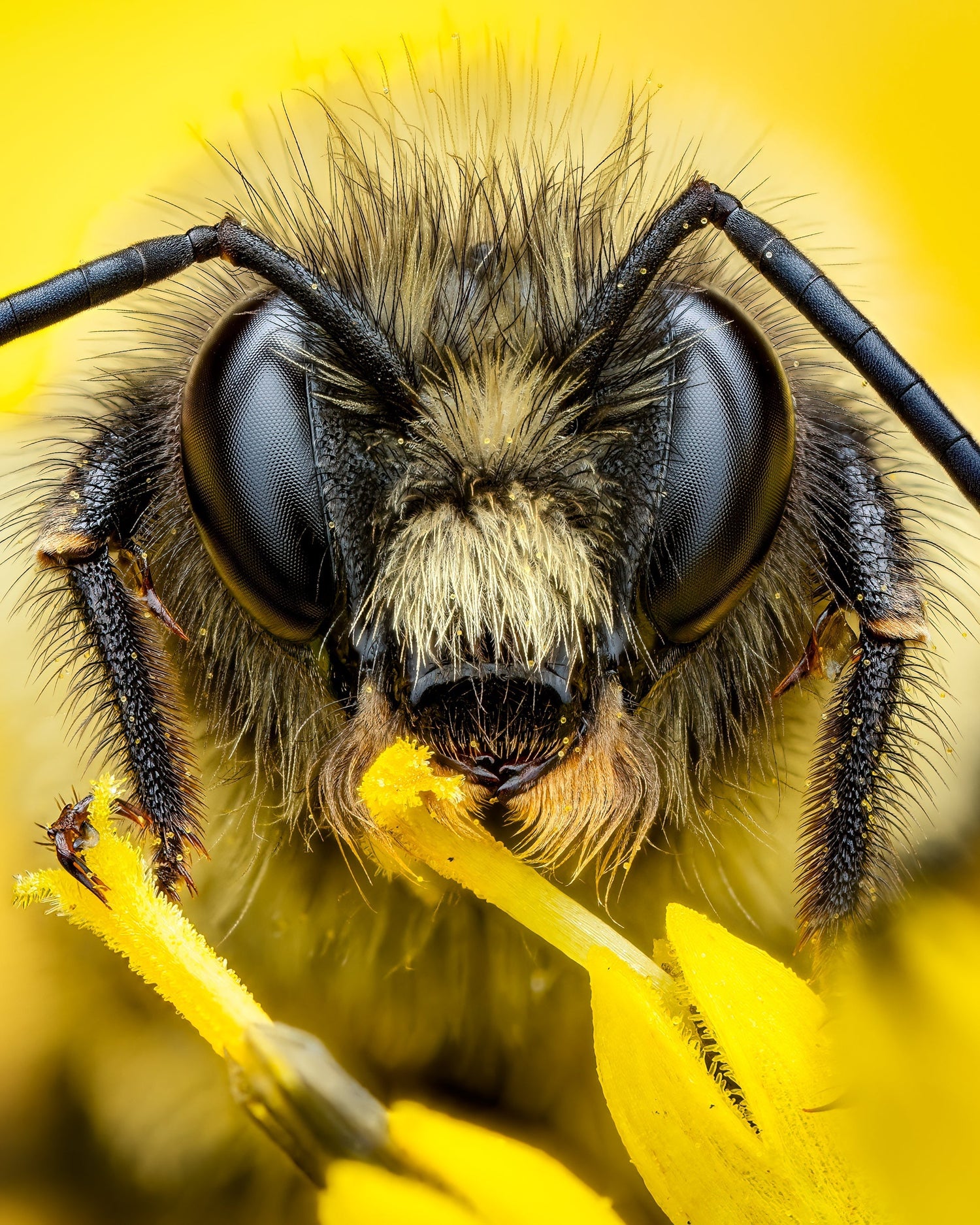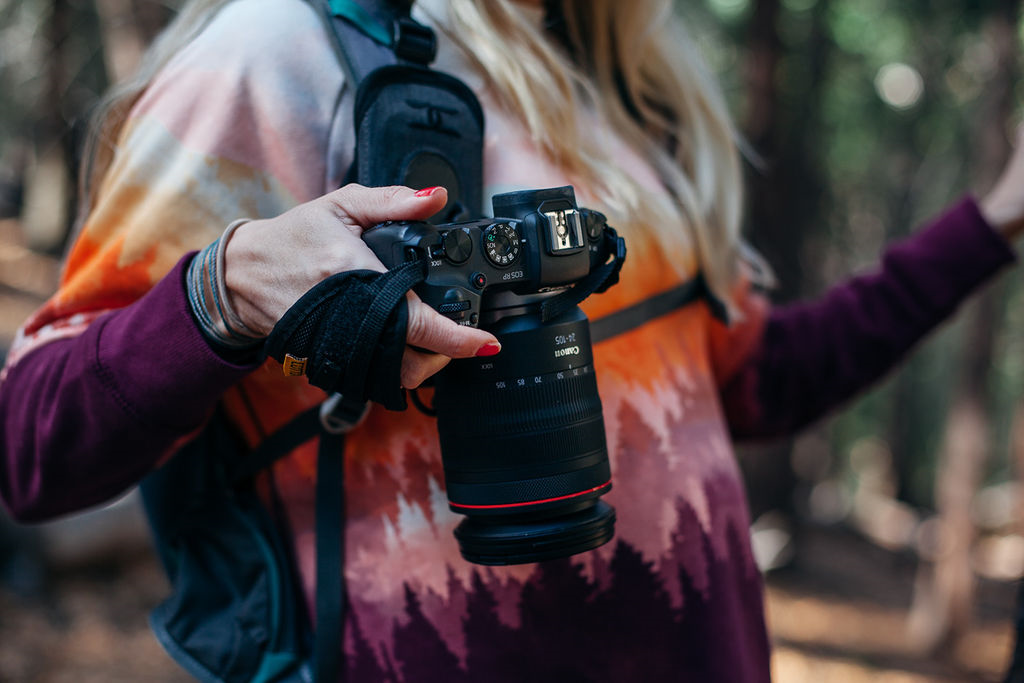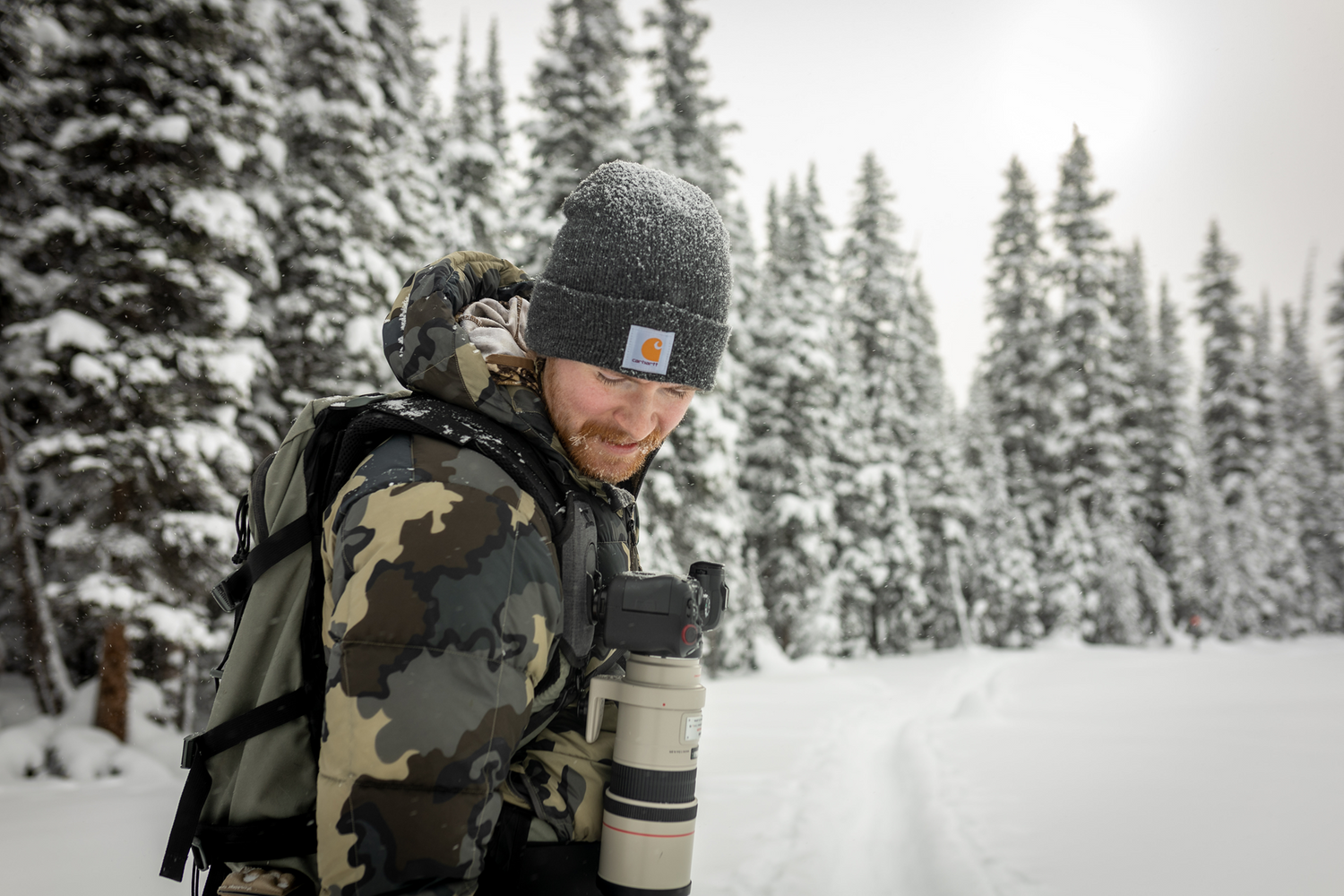Nature's vastness offers an incredible canvas for photographers, encompassing diverse landscapes, wildlife, and weather conditions that demand specialized equipment for optimal results. When selecting the best camera for nature photography, several key features should be considered to ensure versatility, durability, and performance.
3 Best Cameras for Nature Photography
Nature photographers often specialize in different aspects, requiring specific capabilities from their gear. Here are top recommendations suited to various niches:

1. Overall Best Camera: Sony a9 II
- Sensor and Autofocus: The Sony a9 II excels with its 24.2 MP full-frame sensor and advanced autofocus system, delivering precise focus even in challenging conditions.
- Continuous Shooting: It boasts a rapid 20 FPS burst mode, ideal for capturing fast-moving wildlife without missing critical moments.
- Silent Shooting: The silent shutter feature ensures minimal disruption, perfect for wildlife photography where quietness is crucial.
2. Best Wildlife Camera: Fujifilm X-Pro3
- Speed and Accuracy: With an impressive 30 FPS burst mode, the X-Pro3 is designed for swift action, making it ideal for wildlife photographers.
- Autofocus System: Its phase-detection autofocus system offers quick and precise focusing, essential for capturing dynamic wildlife scenes.
- Enhanced Viewfinder: Improved viewfinder technology enhances framing accuracy, crucial for tracking and capturing fast-moving subjects.
3. Best Plant-Life Camera: Canon 5D Mark IV
- Resolution and Image Quality: Despite being older, the Canon 5D Mark IV's 30.4 MP sensor delivers exceptional resolution and detail, ideal for botanical close-ups and expansive landscapes.
- Video Capabilities: It features DCI 4K recording, allowing photographers to extract high-resolution stills from video footage, offering versatility in creative expression.

Camera Harnesses for Nature Photography
Protecting and accessing camera gear is essential during outdoor shoots. At Cotton Carrier, our high-quality camera harnesses are made from tough materials that protect your equipment, all while keeping you comfortable. Consider these harness options to protect and enhance your photography experience:
Remember that our camera harnesses come in a variety of sizes and styles from double shoulder straps that carry multiple items to sling-style harnesses.
- G3 Harness: Designed for active photographers, it securely holds one camera at the ready, facilitating quick access for spontaneous shots.
-
SlingBelt Carrying System: Known for comfort and versatility, it accommodates cameras, lenses, and extra gear, offering balanced weight distribution for extended shoots in rugged terrain.

- Skout G2 Sling Style Harness: Ergonomically designed to fit snugly, it allows photographers to deploy gear quietly and swiftly, minimizing disruption during wildlife encounters.

Additional Tips for Nature Photographers
Beyond equipment selection, consider these factors to enhance your photography experience:
-
Weather Resistance: Opt for cameras and lenses with robust weather sealing to withstand harsh conditions encountered in nature.
-
Lens Selection: Choose lenses that suit your photography style, whether capturing distant wildlife or intricate macro details of flora and fauna.
-
Battery Life and Storage: Ensure adequate battery capacity and storage for prolonged shoots in remote locations, minimizing interruptions.
Choosing the right camera and accessories empowers photographers to capture the beauty and diversity of nature effectively. Explore our range of accessories and harness options to tailor your gear to your specific needs and elevate your nature photography pursuits.
To explore more accessories and camera harnesses for your nature camera, visit our website.




